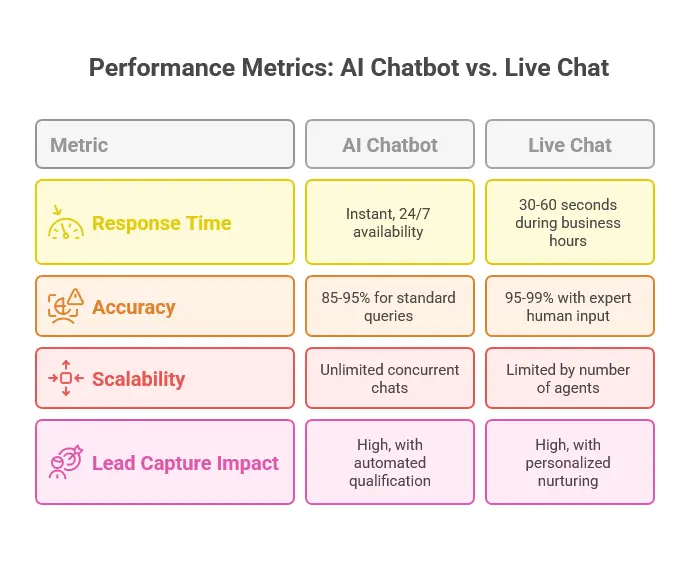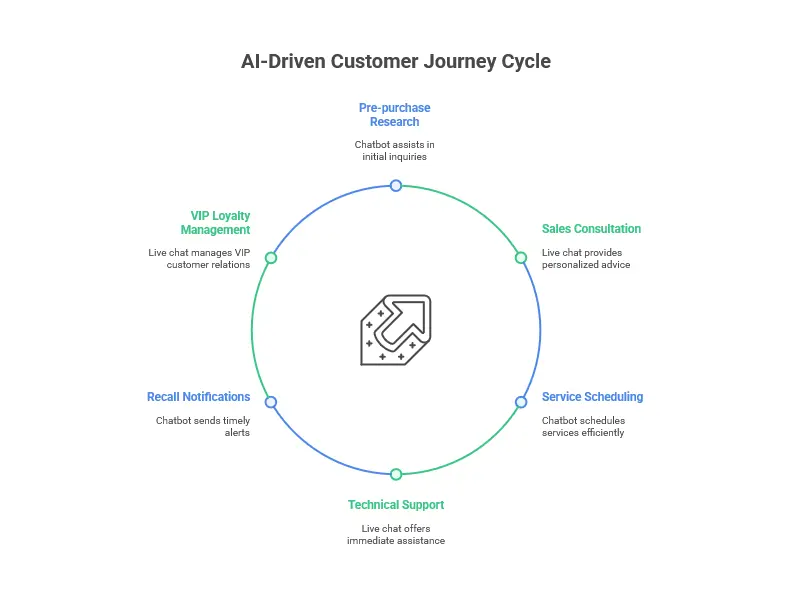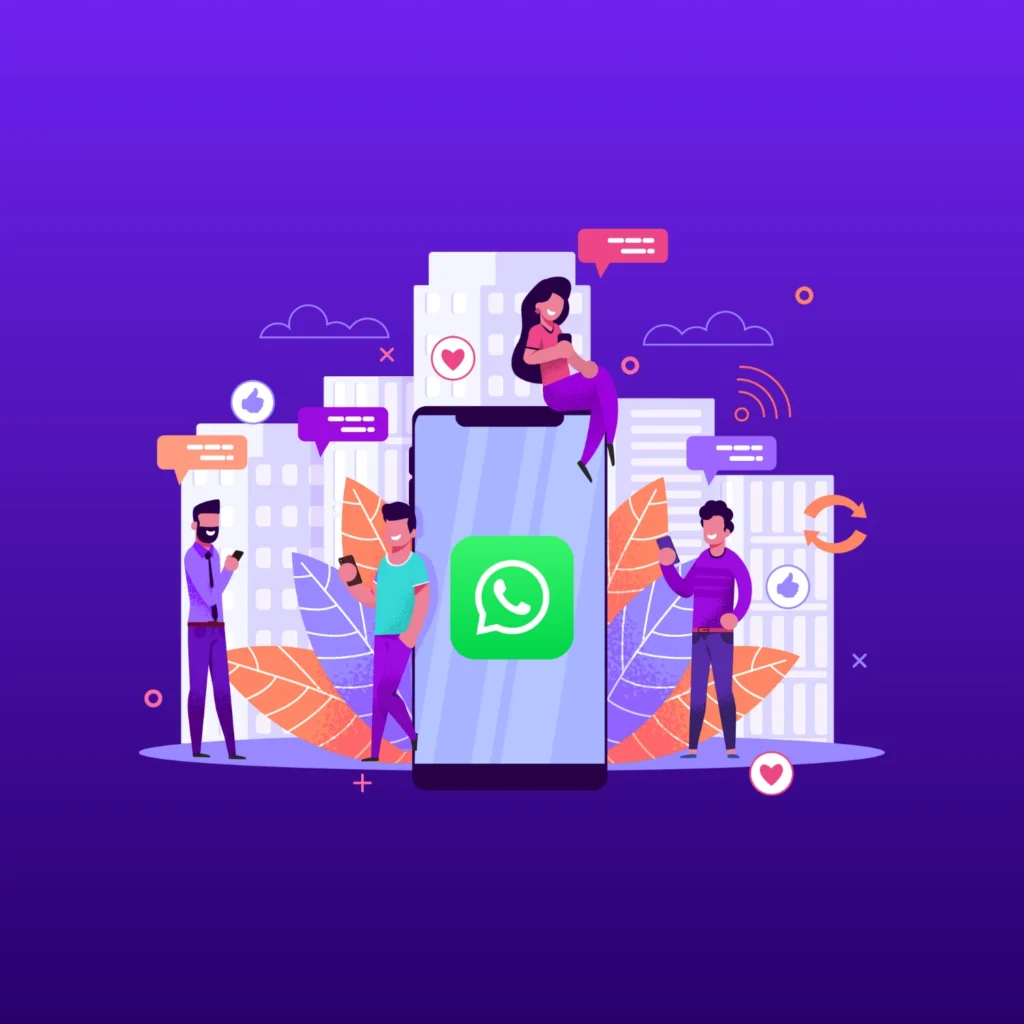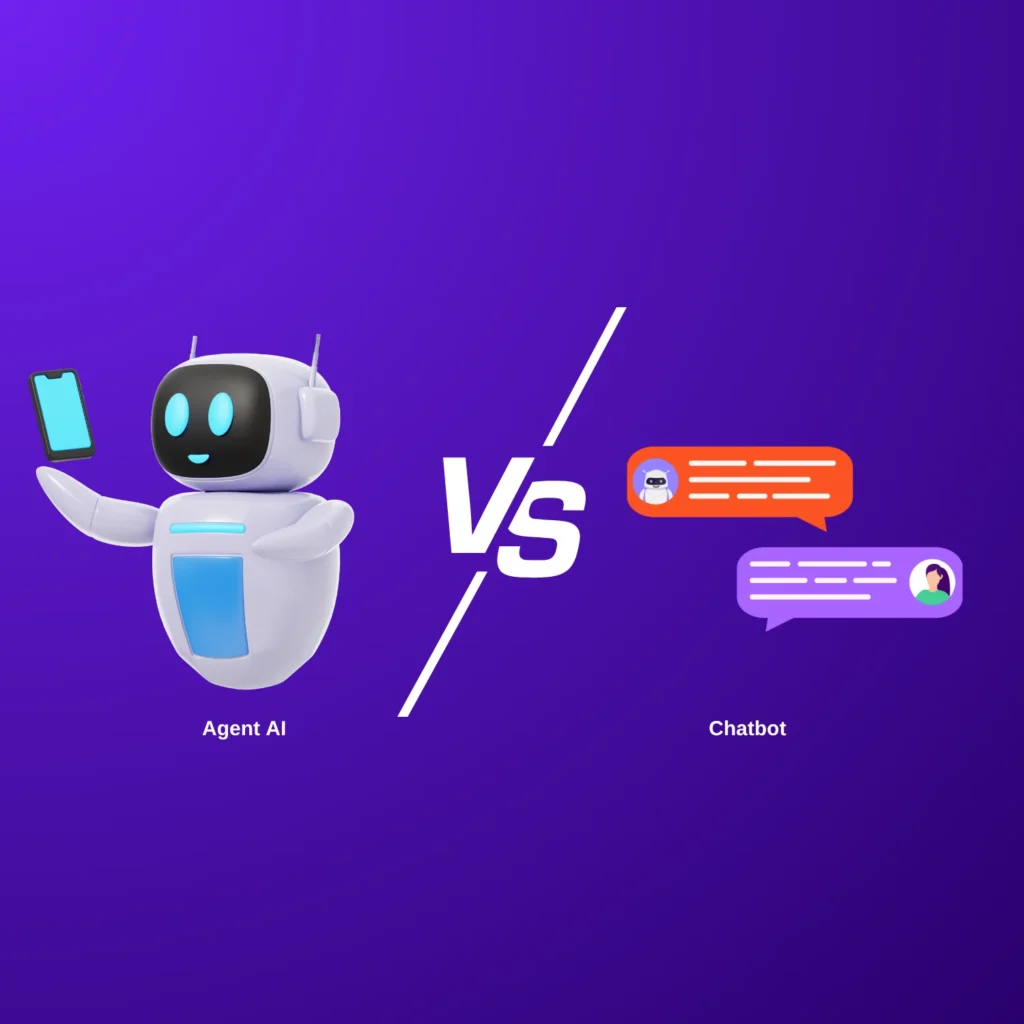Introduction
The automotive industry is undergoing a digital revolution, reshaping how dealerships connect with customers. Today, automotive customer service is no longer limited to in-person interactions; instead, it’s evolving into a seamless digital journey, driven by advanced technology. Did you know that 90% of US vehicle dealers now offer chat services to engage customers instantly? Even more striking: AI customer service is projected to power 95% of all interactions by 2025.
This shift is fueled by rising customer expectations for fast, convenient, and personalized support. Traditional dealership service models struggle to keep pace with these demands. From scheduling service appointments to financing consultations, chat solutions have become critical touchpoints for automotive brands.
In this guide, we’ll explore the evolving landscape of automotive customer service, comparing AI-powered car dealership chatbots with human-driven live chat. You’ll discover:
- Performance and ROI differences between chatbots and live chat for automotive businesses
- Best use cases for each solution within dealership sales and service departments
- Implementation strategies tailored to OEMs, dealer networks, and service advisors
- Future trends shaping automotive customer experience from 2025 through 2030
Whether you’re an automotive dealer, OEM customer service manager, or technology decision-maker, this comprehensive guide will help you navigate the next frontier of automotive customer engagement.
Automotive Customer Service Landscape in 2025
Current Market Dynamics
The auto dealer customer service market is rapidly expanding, with technology spending increasing annually as dealers embrace digital tools. Dealership networks across the US and globally have accelerated digital adoption, driven by shifts in buyer behavior and regulatory demands such as warranty compliance and lemon laws.
Customers now expect 24/7 access to information — from vehicle specs to service updates — via convenient digital channels. The COVID-19 pandemic intensified this expectation, pushing contactless options like chatbots and live chat from novelty to necessity.
Key Players and Technology Adoption
Leading automotive brands like BMW, Toyota, and Mercedes-Benz are pioneering the integration of automotive chatbot solutions into their customer service strategies. These AI-powered platforms often integrate seamlessly with dealership management systems (DMS) and customer relationship management (CRM) platforms, enhancing data-driven personalization.
OEMs typically focus on brand-wide customer service automation, while individual dealerships balance chatbot automation with human-led auto dealer customer service to maintain personal touchpoints. Third-party platforms also offer scalable solutions for dealer groups and service centers.
Industry-Specific Challenges
Automotive customer service faces unique challenges:
- Complex technical queries about vehicle specifications and compatibility
- Supporting high-value transactions that require personalized guidance
- Ensuring consistent service across multi-location dealer networks
- Managing seasonal peaks during new model launches and service spikes
- Integrating chatbot/live chat systems with existing DMS and CRM for unified customer data
Customer Journey Complexity
The modern automotive customer journey is multifaceted:
- Pre-purchase: Researching models, vehicle configurations, and financing options
- Sales: Scheduling test drives, qualifying leads, and negotiating deals
- Service: Booking appointments, ordering parts, and warranty support
- Post-purchase: Recall notifications, loyalty programs, and satisfaction surveys
Both chatbots and live chat must cater to these varied touchpoints to deliver a cohesive customer experience.
AI Chatbots in Automotive Customer Service

Automotive AI Chatbot Capabilities
The rise of the automotive AI chatbot has transformed routine interactions. Equipped with natural language processing tailored to automotive jargon, these bots integrate with vehicle databases to provide instant answers on specs, availability, and service options.
Capabilities include:
- Automated appointment scheduling
- Lead qualification and routing to specialists
- Parts compatibility checking and inventory updates
Automotive-Specific AI Applications
Sales Department:
- Vehicle configuration guidance based on customer preferences
- Financing and lease option calculators
- Test drive scheduling and trade-in value estimations
- Real-time inventory tracking across dealerships
Service Department:
- Booking and reminding customers about maintenance appointments
- Providing maintenance recommendations based on vehicle data
- Parts ordering and status updates
- Warranty claim initial processing and technical troubleshooting
Post-Purchase Support:
- Explaining vehicle features and owner’s manuals
- Scheduling recall notifications
- Insurance and extended warranty assistance
- Conducting customer satisfaction surveys
Advanced AI Features for Automotive
Next-gen AI chatbots offer:
- Predictive maintenance recommendations using telematics data
- Voice recognition for hands-free interactions
- Multilingual support to serve diverse customer bases
- Sentiment analysis that triggers human escalation on negative experiences
Real-World Automotive AI Chatbot Success Stories
Pinewood’s AI chatbot helps Lithia Motors streamline dealership processes, manage sales leads, and improve service booking efficiency.
CDK’s AIVA (Automotive Intelligent Virtual Assistant) provides Sonic Automotive with personalized sales and service interactions, freeing up staff time and improving customer satisfaction.
CarMax uses Cresta AI to guide sales associates in real-time during customer calls, increasing closing rates and improving customer satisfaction scores.
Tekion’s AI-driven platform helps Ken Garff Automotive unify sales, service, and marketing data, allowing for faster customer service and improved online-to-offline sales flow.
Live Chat for Automotive Customer Service
Automotive Live Chat Advantages
While AI chatbots handle routine queries efficiently, automotive live chat offers human expertise essential for complex automotive questions, especially for high-value purchases. Live agents build trust and personalize interactions critical to closing deals and resolving sensitive service issues.
Advantages include:
- Real-time negotiation and deal-making flexibility
- Handling unique or complex technical troubleshooting
- Building long-term customer relationships and loyalty
- Addressing complaints and facilitating service recovery
Automotive Live Chat Use Cases
High-Value Transactions:
- New vehicle purchase consultations
- Certified pre-owned vehicle evaluations
- Fleet and commercial vehicle sales support
- Luxury vehicle concierge services
Technical Support:
- Advanced diagnostics and modifications
- Commercial vehicle specifications
- Performance vehicle technical discussions
Relationship-Critical Interactions:
- VIP customer management
- Complaint resolution and major repair consultations
- Warranty and insurance claim discussions
Live Chat Staffing Models for Automotive
Dealerships employ:
- Dedicated automotive specialists trained in product knowledge
- Tier-based support separating sales, service, and technical expertise
- Regional agents familiar with local market trends
- Multilingual teams for diverse clientele
Live Chat Technology Stack
Live chat solutions often include:
- CRM system integration for personalized interactions
- Co-browsing and screen sharing for vehicle configuration help
- Video chat for virtual vehicle tours
- File sharing to provide documents and quotes
AI Chatbot vs Live Chat for Automotive
Performance Metrics Comparison

Cost Analysis for Automotive Businesses
- AI Chatbots: Initial setup $5,000-$50,000; monthly costs $500-$5,000
- Live Chat: Setup $2,000-$20,000; monthly staffing $2,000-$20,000+
- Integration with DMS and CRM affects overall costs for both.
AI chatbots offer operational savings with scalable costs, while live chat incurs higher ongoing staffing expenses.
Customer Experience Quality
AI chatbots excel in personalization at scale by leveraging data, but live chat provides human intuition critical for complex or emotionally charged situations. Combining both delivers superior customer experiences.
Integration and Technology Considerations
Successful deployment depends on seamless integration with:
- Dealership management systems (Reynolds, CDK, DealerSocket)
- CRM platforms (Salesforce, HubSpot)
- Inventory and marketing automation tools
- Compliance with data security and privacy regulations
Hybrid Approach: Best of Both Worlds for Automotive
When to Use AI Chatbots
- Handling initial inquiries and high-volume repetitive questions
- Scheduling service appointments and parts inquiries
- Offering after-hours support
When Live Chat is Essential
- Complex vehicle configurations and high-value transactions
- Technical diagnostic assistance
- Complaint resolution and VIP relationship management
Seamless Handoff Strategies
Effective hybrid systems incorporate:
- Clear triggers for escalation from bot to human
- Context preservation to avoid repeating information
- Skill-based routing to connect customers with the right specialist
Hybrid Implementation Success Factors
- Defining clear roles between AI and humans
- Consistent brand voice across channels
- Unified data for smooth customer journeys
- Continuous performance monitoring and improvement

Implementation Guide: Setting Up Automotive Customer Service Solutions
Assessment and Planning Phase
- Analyze current service volumes and patterns
- Map customer journeys and prioritize high-impact use cases
- Define ROI expectations and budget
- Plan for peak demand and integration complexity
Technology Selection Criteria
For AI Chatbots:
- Automotive industry templates and terminology support
- Integration capabilities with DMS and CRM
- Customization options for brand voice and multi-location deployment
For Live Chat:
- Automotive-specific training modules
- Co-browsing and screen sharing features
- Mobile access for dealership staff
- Reporting on automotive KPIs
ROI Analysis: Measuring Success in Automotive Customer Service
Key Performance Indicators
- First response time reduction
- Resolution rate improvements
- Lead conversion and service appointment show rates
- Customer satisfaction scores
- Cost per interaction and revenue per lead
Industry Benchmarks and Success Stories
Automotive companies deploying chatbots and live chat report:
- Increased lead capture by 20-30%
- Higher service department efficiency
- Better customer retention rates
Continuous Improvement Strategies
- Regularly review performance data
- Incorporate customer feedback
- Update AI capabilities and train staff continuously
- Stay informed on industry trends and competitors
Future Trends: Automotive Customer Service in 2025 and Beyond
Emerging Technologies
- Voice AI integrated with in-car systems
- Augmented reality for service guidance
- Predictive service based on connected vehicle data
- Blockchain for transparent service history
Changing Customer Expectations
- Demand for omnichannel seamless experiences
- Instant gratification and personalization
- Eco-friendly and subscription-based mobility services
Industry Evolution Predictions
- Growth of direct-to-consumer sales models
- Increasing electric vehicle service needs
- Connected car ecosystems driving new service opportunities
Conclusion and Recommendations
The future of automotive customer service lies in leveraging a hybrid approach — combining the efficiency of automotive AI chatbots with the empathy and expertise of live chat agents. This blend ensures scalable, personalized support tailored to customer needs across sales and service.
Automotive dealers and OEMs should prioritize assessing current service capabilities, selecting integrated technology platforms, and piloting hybrid solutions to maximize ROI. Continuous monitoring and adaptation will be essential to stay ahead in an evolving digital landscape.
Start your digital transformation journey now — the automotive customer of 2025 expects nothing less.



